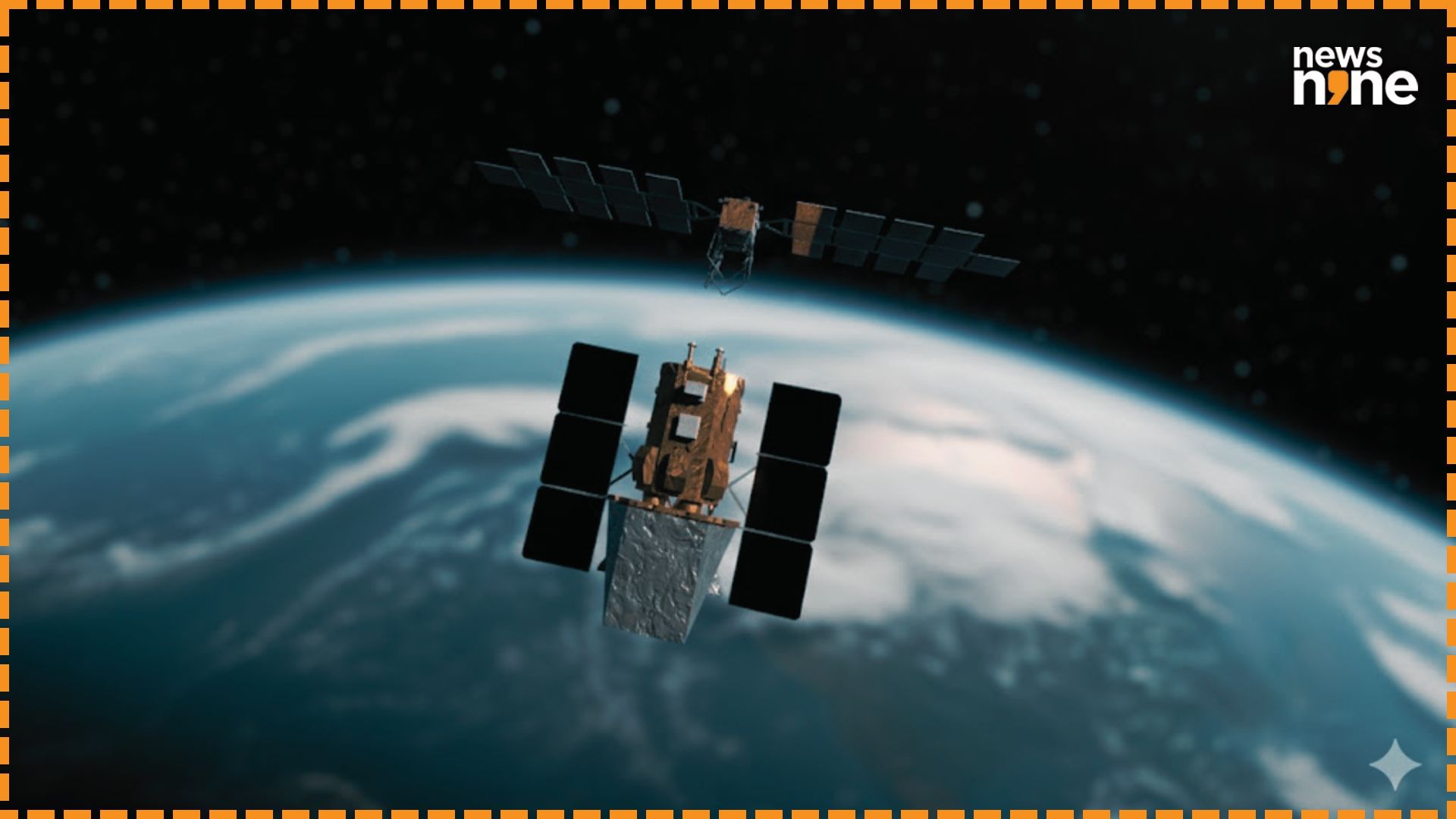New Delhi: Katalyst Space Technologies has announced that its robotic servicing mission to rescue NASA’s Swift Observatory will be launched on a Northrop Grumman Pegasus XL rocket, that is launched from a plane. As an air-launched rocket, Pegasus is extremely flexible in terms of launch location, timing and weather, with the ability to deliver critical payloads to orbit in challenging schedules. This is the first-collaboration of its kind, and can pave the way for more complex, time-critical orbital operations. The Swift satellite was launched in 2004 without a propulsion system, and is decaying in orbit. Katalyst is racing against time as the observatory has to be rescued by mid-2026 to continue operations.
Director of Space Launch for Northrop Grumman, Kurt Eberly says, “The versatility offered by Pegasus’ unique air-launch capability provides customers with a space launch solution that can be rapidly deployed anywhere on Earth to reach any orbit. The stringent mission requirements necessary to save the Swift observatory, including the unique low-inclination orbit and the tight mission timeline, all pointed to Pegasus being the perfect choice.” NASA awarded Katalyst with the $30 million contract to rescue the satellite last month. The Swift observatory is designed to study mysterious gamma-ray bursts, and there is no replacement mission planned.
The unique robotic rescue mission
This is the first robotic rescue mission to an uncooperative target. Swift has not been designed for on-orbit servicing like the Hubble Space Telescope, that has docking ports as well as grappling fixtures. The spacecraft will carefully approach Swift through a series of rendezvous proximity operations (RPO) and then use a custom-built capture mechanism to attach to the main structure of the satellite, without damaging the sensitive instruments on board. The servicing spacecraft will then burn to increase the altitude of the Swift observatory, extending the mission time. China has previously demonstrated a space tug in 2022 to increase the altitude of a satellite, but the target was not operational.
